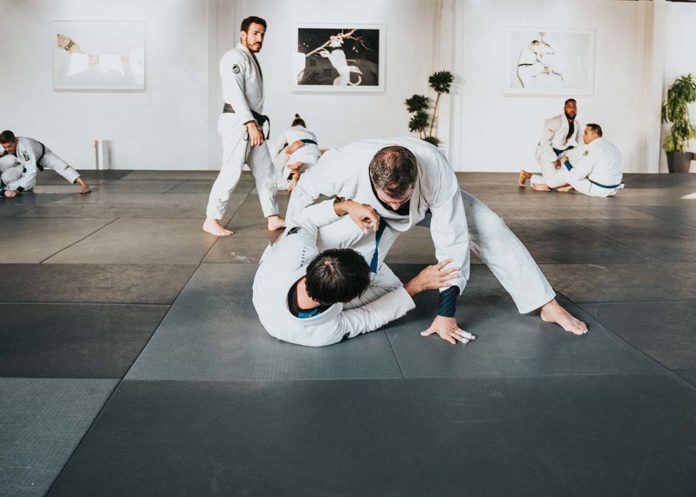If there’s any hobby, activity, or sport that combines physical exercise with philosophy, science, and ethics, it’s martial arts. After thousands of years of tradition and development, martial arts have continued to gain notoriety for improving a person’s physical, mental, and emotional wellbeing.
Since the 1950’s, when martial arts first appeared in North American popular media, martial arts’ popularity has continued to increase thanks to a variety of popular media coverage spotlighting famous martial artists in magazines, TV, and film, and today, most modern streaming services offer martial arts programming 24/7 all over the world.
I first started studying martial arts as a young teenager. I lived in a rough area during rough times and this required a certain level of awareness, self-confidence, and some modicum of skill in defending oneself. When I first joined martial arts, I didn’t realize that the benefits of traditional training far exceeded the physical skills I was looking to learn.
I quickly realized I was benefitting from the intellectual training as much, or more, than I was from the hours of hard, physical workouts.
My first teachers incorporated a considerable amount of philosophy — both Eastern and Western — ethics, and personal development through the study of classic books like Miyamoto Musashi’s The Book of Five Rings, Sun Tzu’s The Art of War, or Napoleon Hill’s Think and Grow Rich. After reading a chosen book, students were required to write a book review. I learned to write my first essays not in high school, but in the martial arts training hall.
I began martial arts to channel my energy and learn to defend myself — or so I thought. I immediately liked sparring — practice fighting in a variety of forms — because it was fun, action-packed, and it was easy to keep my focus on someone wanting to kick, strike, or throw me around.
But other elements of training, like social gatherings and research study sessions, started to have a greater influence on me. I found mentors and friends that significantly improved the quality of my life and wanted to see me succeed. This was an enormous change from the people I was hanging around with and that maintained a negative or harmful outlook on life.
The complex practices and teachings from thousands of years ago were much more difficult to grasp and required as much repetition as the countless punches, kicks, and throwing techniques did. However, somewhere in the midst of it all, I realized something was changing. My family and friends noticed it too. I was starting to find parts of myself that I really liked — bringing me self-confidence.
I stopped hanging out with a group of troubled teens, many intent on growing into petty criminals, reputable fighters, and gangsters, because I would rather go to martial arts practice and prepare for the next presentation, competition, or belt grading. I found something that helped me look for the good in what I did every day, instead of sitting around or falling victim to whatever the streets or next party could provide.
Unlike team sports where I could rely on my teammates, martial arts put all the responsibility on me. This is the beauty of both traditional and modern martial arts — the results are intrinsically tied to the individual’s study, repetitive practice, and performance. Often, martial arts competition and performances require considerable intellectual and psychological preparations to deal with common feelings of peer-pressure, discomfort, or fear.
Often, the martial arts I participated in also offered different forms of meditation, cultural practices, and even travel opportunities for immersion in foreign communities for weeks, months, or years at a time.
Due to COVID-19, the days of going to local martial arts schools or dojos have been restricted or even shut down. The pandemic has had a considerable impact on everyone, but can the isolation really impact us that much? According to a CTV article, too much time alone can lead to a lowering of self-esteem and confidence.
After thirty-nine years of martial arts study, I’ve come to rely on many elements of the training to help me deal with the pandemic blues, the “Quarantine 15,” and waning confidence in myself or the world around me.
Image: Nathan Dumlao / Unsplash
Steve is a third-year BFA creative writing/visual arts student who’s been a contributing writer, staff writer and now an editor at The Cascade. He's always found stories and adventures but now has the joy of capturing and reporting them.


